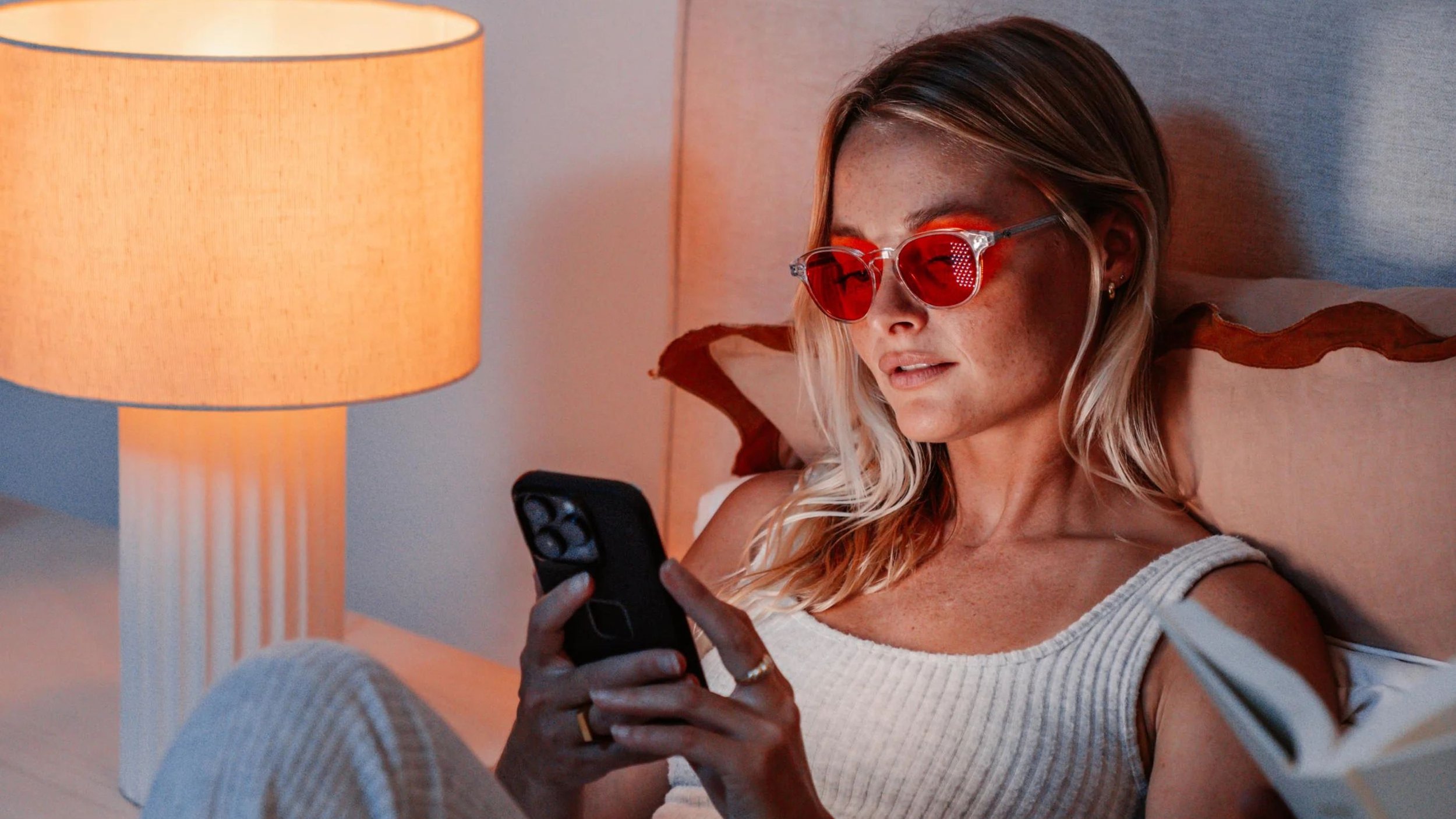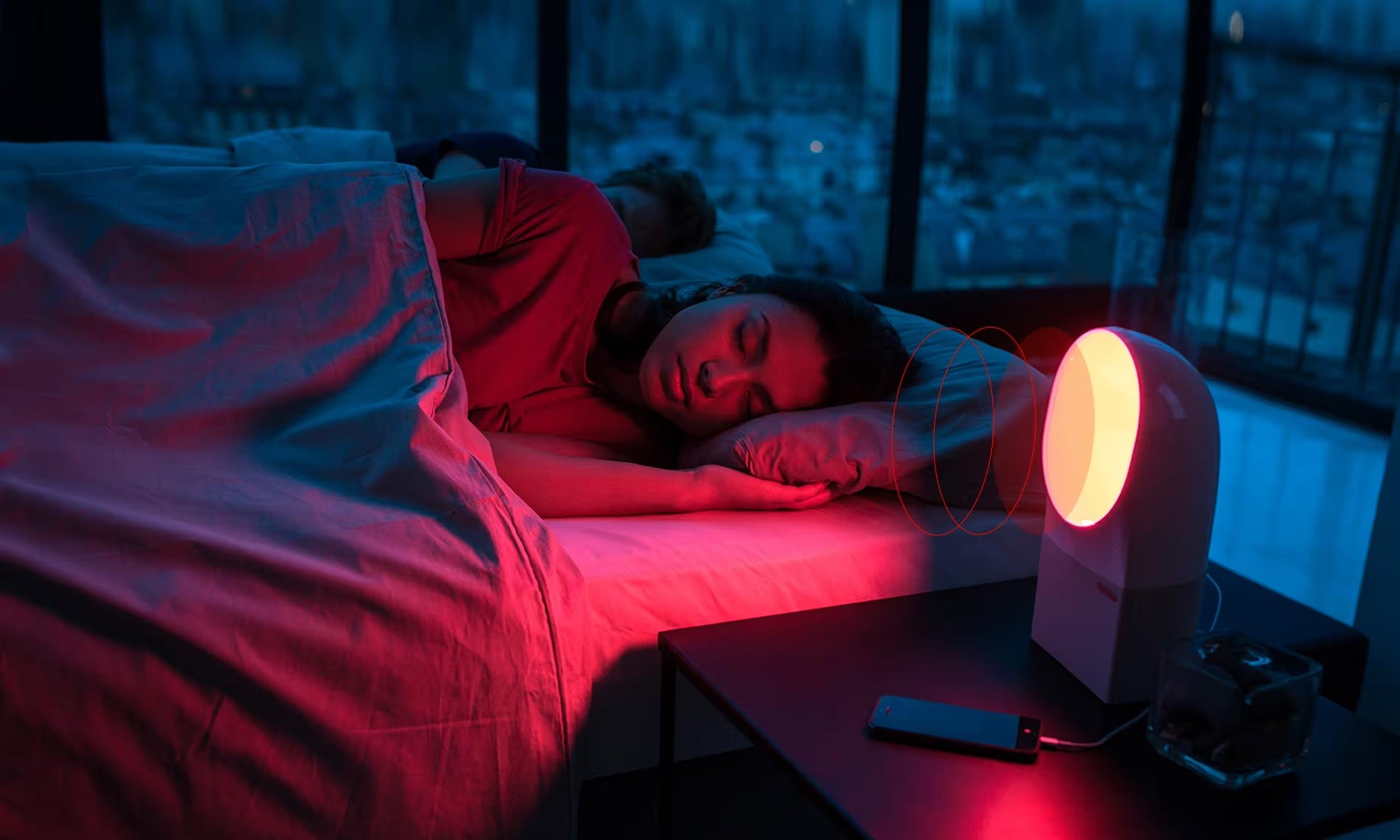Sleep Smarter: How Technology and Biohacks Can Help You Reclaim Restorative Sleep
Sleep is often the first sacrifice we make in a world that idolises productivity and glorifies the grind. Yet, it's the foundation upon which productivity, focus, emotional balance, and long-term health are built. Poor sleep has been linked to everything from impaired memory and weakened immunity to increased risk of chronic diseases like obesity, diabetes, and cardiovascular disorders. In fact, according to the CDC, one in three adults doesn’t get enough sleep. But here is the twist: modern technology, often blamed for keeping us awake, might also hold the keys to helping us sleep better.
Let’s explore some of the most innovative, and surprisingly simple, ways to use tech and modern insights to restore quality rest.
1. The Circadian Clock and Lighting That Respects It
Our bodies operate on a circadian rhythm, a natural, internal process that regulates the sleep-wake cycle roughly every 24 hours. Light exposure is the most powerful cue to this rhythm. Blue light in the morning tells our body it’s time to be awake, while warm red and orange hues at night help signal sleep. But with screen time, artificial lighting, and late-night emails, we often send the wrong signals to our brains.
Enter circadian lighting systems. These intelligent lighting solutions mimic the sun’s natural progression throughout the day. In the evening, they transition into warm tones that support melatonin production, our sleep hormone. Studies from Harvard Medical School have shown that exposure to blue light in the evening can suppress melatonin levels by up to 85%, delaying sleep and reducing deep sleep quality.
Whether it's smart bulbs that adjust colour temperature based on the time of day, ambient light devices synced with your sleep schedule, or using red-tinted night lights in bathrooms and hallways, these tools can help. Still, it's not always easy to implement. Our homes and cities are filled with artificial light sources that are hard to control completely. That’s why layering solutions, like dimming lights in the evening, using warm-toned lamps, or wearing red-light glasses, can make a noticeable difference even if total blackout isn’t possible.
2. Red-Light Glasses: Your New Evening Ritual?
Another elegant hack for protecting your melatonin production is red-light or blue-blocking glasses. Worn in the evening, these glasses filter out the blue spectrum emitted by phones, TVs, and even bathroom lights. In a randomised controlled trial published in the Journal of Adolescent Health, participants who wore blue-blocking glasses for just two hours before bedtime showed significant improvements in both sleep onset and duration.
The key here is consistency—incorporate them into your nighttime routine just like brushing your teeth. They’re an investment in your neurochemical peace.
Source: RaOptics
3. Cool Down to Power Down: The Science of Cooling Mattresses
Our core body temperature needs to drop by about 1°C (or roughly 1.8°F) to initiate and maintain deep sleep. If you’ve ever tossed and turned on a hot summer night, you know how disruptive temperature can be. This is where temperature-regulating mattresses and mattress toppers come in.
Brands like Eight Sleep and ChiliPad have developed smart mattress systems that monitor your body’s temperature and automatically adjust cooling or heating throughout the night. Some systems even track your sleep stages and biometrics, providing data to optimise your sleeping environment night after night. According to a study published by the National Institutes of Health, environmental temperature significantly influences sleep quality, with cooler environments promoting more stable and restorative sleep. Ideal sleep temperature is often cited between 60 to 67 degrees Fahrenheit (15-19°C), supporting both REM and deep sleep stages. (NIH Study on Sleep Temperature)
Personally, I invested in an Eight Sleep mattress a while back, and I’ve noticed a clear difference in my REM sleep. On nights when I use it versus nights I travel without it, the change in quality is significant. I’ll be including a snapshot from my app in this article to show how consistently it impacts my metrics.
Source: Eight Sleep
4. Darkness Is Gold: The Power of Blackout
Even small amounts of ambient light, like the glow from street lamps or LED alarm clocks, can interfere with melatonin production and disrupt your circadian rhythm. Research from Northwestern University found that participants exposed to even moderate light during sleep had increased heart rates and insulin resistance the next morning.
Blackout curtains, eye masks, and covering up LED lights can create a sleep sanctuary that shields your brain from light pollution. And for those living in urban environments, this one shift can be transformative.
5. The Pre-Sleep Wind-Down: Meditation and Digital Boundaries
A multitude of different meditation apps offer guided sessions specifically designed to prepare your brain for sleep. If you want to meditate without any gadgets, techniques like yoga nidra or deep breathing exercises could assist in activating the parasympathetic nervous system, helping you shift from "doing" to "being."
But equally powerful is the low-tech habit of implementing a digital sunset. Avoiding screens at least an hour before bedtime can dramatically improve sleep onset.
This is something I’ve personally committed to: “no screens” in the last 30 minutes before bed. I now read a physical book instead, and the difference is noticeable. I fall asleep faster, stay asleep longer, and consistently see deeper sleep phases recorded on my wearable.
Source: Withings Aura Smart Sleep System
Do whatever works for you to wind down: journaling, reading a physical book, or stretching. Create a sleep-friendly rhythm that soothes the nervous system and signals to your body that it’s safe to let go.
6. The Magic of Sleep Timing: Why Midnight is Too Late
We often think it doesn’t matter when we sleep, as long as we achieve the 7-8 hour mark. But mounting research shows otherwise. The most restorative deep sleep happens in the first half of the night, typically between 10 p.m. and 2 a.m., with the most intense slow-wave activity often peaking before midnight. According to a review published in Neuron, the majority of slow-wave (deep) sleep occurs during the first half of the night, highlighting the value of an earlier bedtime for maximising restorative rest. (Neuron Review on Sleep and Ageing) On the nights when I'm in bed reading by 10 p.m. and asleep by 10:30, I consistently see the longest stretches of deep sleep reflected in my stats the next morning.
This matters because deep sleep is when the brain detoxes via the glymphatic system, memories are consolidated, and growth hormone is released. Missing this window, say, by going to bed at 1 a.m., can mean lower quality sleep even if you sleep in. Prioritising an earlier bedtime is one of the most effective (and free) sleep upgrades you can make.
7. A New Frontier: Elemind's Sleep Headband
One of the most exciting innovations on the horizon in sleep tech is the Elemind headband. Unlike traditional trackers, Elemind claims to go beyond passive measurement by actively working with your brainwaves to help induce and extend deep sleep. The technology is based on real-time neurostimulation and is backed by substantial research.
I haven’t had the chance to try it yet, but I’m intrigued by the promise. If the science holds up, this could be a major breakthrough, especially for those who struggle with staying in deep sleep phases despite having good habits in place.
You can read more about their research and technology on their site or keep an eye on clinical results as they become available.
Source: Elemind
To Conclude
Good sleep is not a luxury, it’s a necessity. And in an age filled with endless distractions and artificial stimulation, it’s comforting to know we can turn to both ancient wisdom and modern technology to find our way back to rest.
From circadian lighting and red-light glasses to cooling mattresses and meditation apps, the tools are here. The question is: Are you ready to treat your sleep like the vital necessity it is?
Because when sleep gets better, everything gets better.






